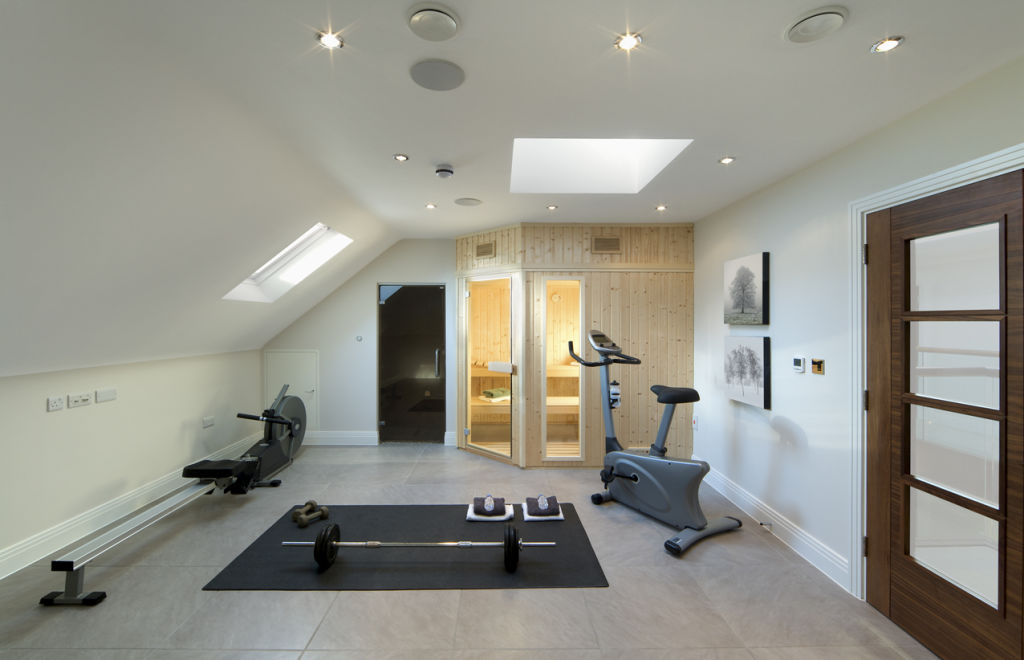Breaking it down: Gym memberships versus working out at home?

Christmas is over for another year and everyone’s thinking about how to lose that post-pavlova padding.
Improving fitness and health in 2019 will be a top priority for many. It’s easy to make that New Year’s resolution, but harder to decide where to exercise (and then follow through).
There are many factors to consider when making the call on whether to work out at home or a local gym.
If you’re in it for the long term, a home gym makes more sense from a cost perspective. Setting it up is a one-off expense, as opposed to pay-as-you-go or contract term arrangements at a gym. The starting price for a good multi-gym is around $700. No doubt it could be done for considerably less if you know what you’re doing and are prepared to settle for the fitness basics, such as skipping rope, plyo box, swiss ball and kettlebell.
Research undertaken in New Zealand, from consumer ratings agency Canstar Blue, found that people who go to the gym spend around $55 a month on membership. Consumer compared the fees for seven gym chains last year and found membership ranged from $410 to $3430 a year. Some contracts also have expensive fishhooks such as high termination fees.

Convenience and motivation
Nothing could be simpler than dropping into your local gym, provided it’s handy to work or home. They generally have a good menu of personal training sessions, classes and equipment to try, so you won’t need to go it alone when planning your programme and how to fit it in around the rest of your life. Some people feel more energised working out around other people and enjoy the social environment. Lack of space at home could be another factor in favour of gym membership.
Conversely, others will prefer the freedom of being able to plan their own workouts and if there’s space for a home gym in the spare room or garage, it’ll be super easy to get down to business. There’s no travel time involved and it comes with all those privacy benefits. Plus, you won’t have to wait for your turn on the equipment. (It’s probably easier to get distracted at home though, and will likely require a little more self-discipline).
Safety
ACC claims for injuries sustained while at the gym or during fitness training have soared in recent years, to more than 51,000 in the year to June 2017. That’s partially because more people than ever are involved in the fitness industry, though the injury rate is actually rising faster than growth in gym users. Some have blamed under-regulation, which means anyone can set themselves up as a personal trainer.

But are home gyms safer? If you don’t have a good understanding of your own health and how to train, there are obvious risks in going solo with your home fitness.
“I’d recommend talking to a registered personal trainer about what you want to achieve before you buy any equipment,” Beddie says.
Research from the US last year (ellipticalreviews.com) found the treadmill was the piece of equipment most likely to land people in the emergency room.
– This originally appeared on Stuff
We recommend
We thought you might like
States
Capital Cities
Capital Cities - Rentals
Popular Areas
Allhomes
More










